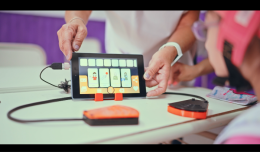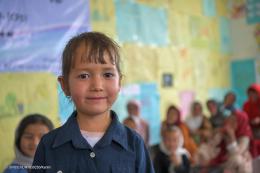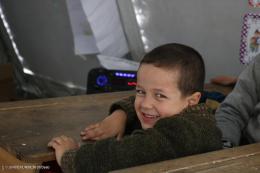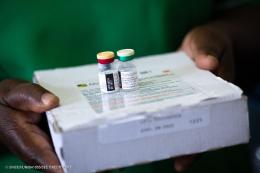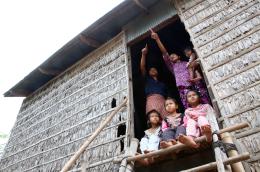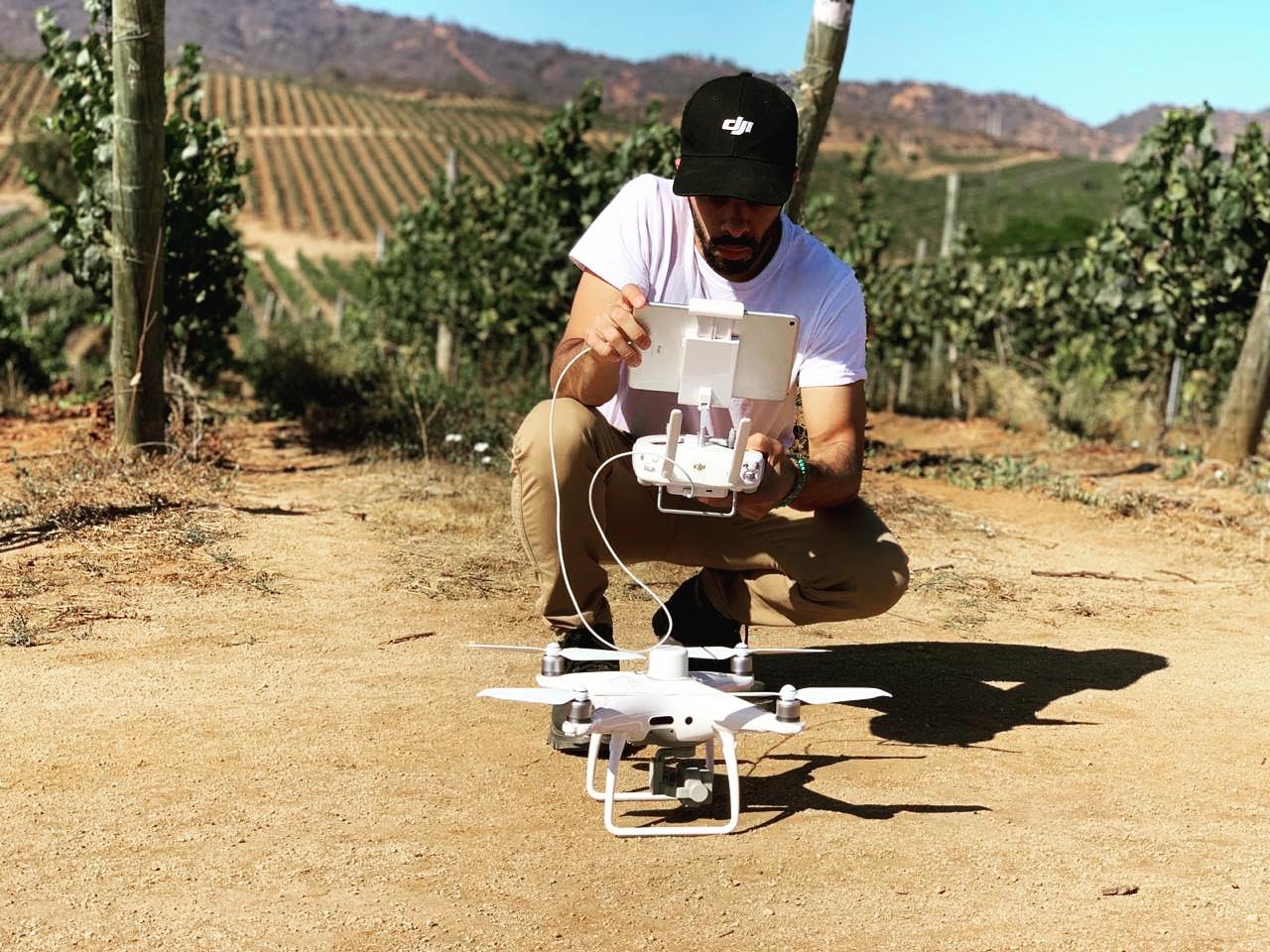With our technology, we will be able to inspect solar farms in under-developed countries using our algorithms, this will help solar farms all over the world to perform better, this in consequence will be an improvement to one of the UN SDGs affordable and clean energy. Using our algorithms, communities could detect easily and faster problems within their solar panels.
In Precision Agriculture, we propose to create a Digital Public Good to deliver our open-source technologies to small food producers. Most of the time, small farmers don't have access to these kinds of technologies because of the price of acquisition versus the profitability their businesses have. We’re aiming in the years to come, to make this technology affordable for all kinds of farmers, improving the way they’re addressing their crops' health issues. They will be capable of detecting these possible diseases faster and act promptly. If we materialize this project, we now could aim to fight harder against hunger in the world. Health issues in agricultural production have a big impact in the quality of the food produced, but also in the capability of the countries to commercialize their goods.
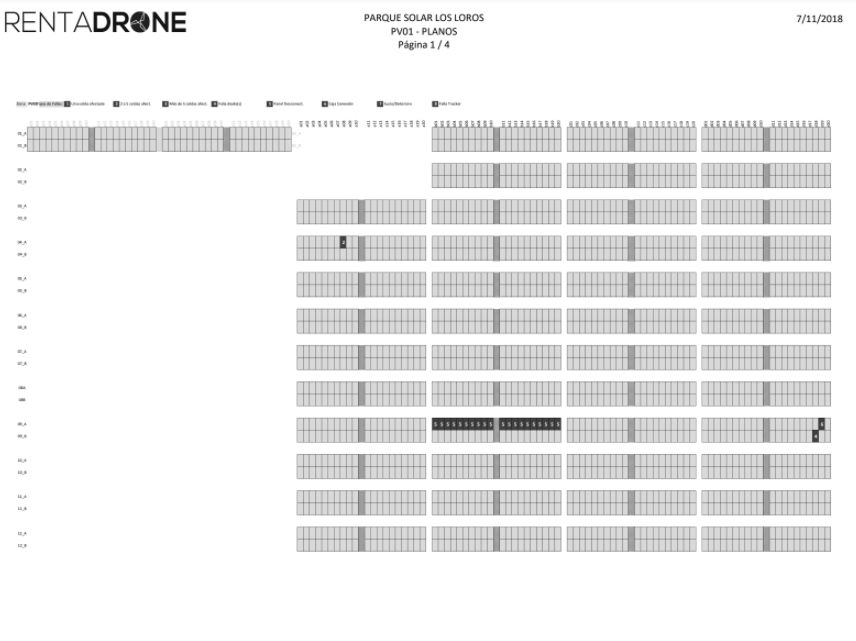
December 2021 - Example Photovoltaics 2021
Now, in 2021, we are capable of sharing our reports with clients through a web platform, where they can find PDF reports, maps that can be used in any other Geographical Information System, and of course, it’s really intuitive and friendly for technical and non-technical clients.
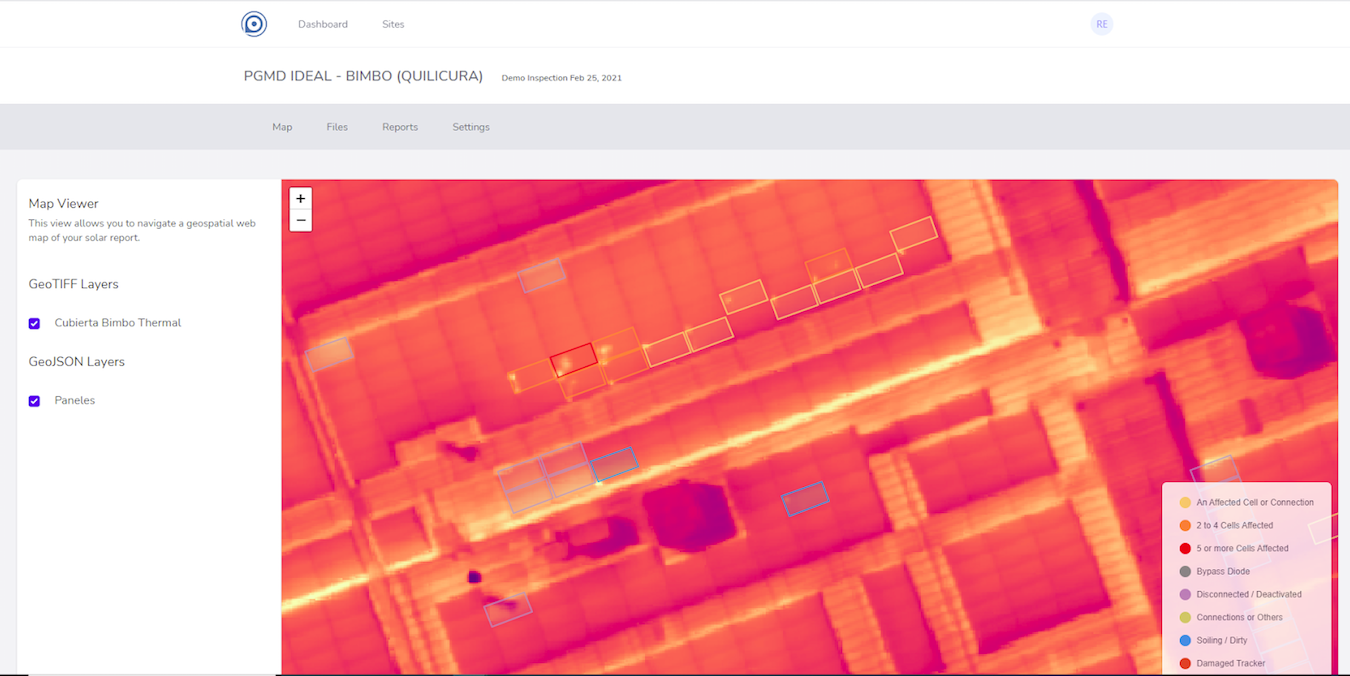
Related Stories

AGUA: Revolutionizing Global Collaboration for Funding Transparency (with Growth Graduate Atix Labs)
